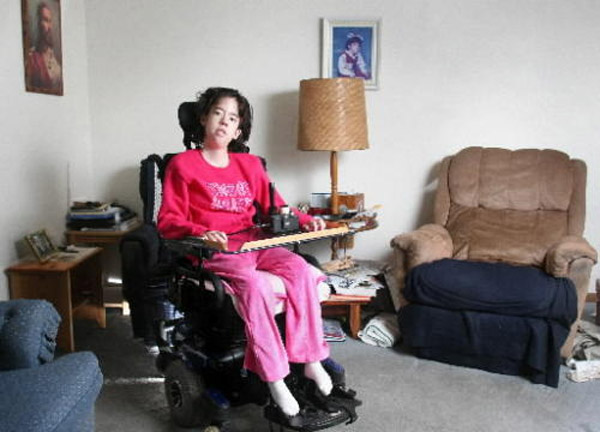 A new guideline from the American Academy of Neurology (AAN) and the American Association of Neuromuscular & Electrodiagnostic Medicine (AANEM) recommends guidance on how doctors should evaluate the full picture — from symptoms, family history and ethnicity to a physical exam and certain lab test results — in order to determine what genetic tests may best diagnose a person’s subtype of limb-girdle or distal muscular dystrophy. The guideline is published in the October 14, 2014, print issue of Neurology®, the medical journal of the American Academy of Neurology. To develop the guideline, researchers reviewed all of the available studies on the disorders, which cause muscles to waste away.
A new guideline from the American Academy of Neurology (AAN) and the American Association of Neuromuscular & Electrodiagnostic Medicine (AANEM) recommends guidance on how doctors should evaluate the full picture — from symptoms, family history and ethnicity to a physical exam and certain lab test results — in order to determine what genetic tests may best diagnose a person’s subtype of limb-girdle or distal muscular dystrophy. The guideline is published in the October 14, 2014, print issue of Neurology®, the medical journal of the American Academy of Neurology. To develop the guideline, researchers reviewed all of the available studies on the disorders, which cause muscles to waste away.
“These are rare muscle diseases that can be difficult to diagnose,” said guideline lead author Pushpa Narayanaswami, MD, of Harvard Medical School in Boston and a Fellow of the AAN and AANEM. “With an accurate diagnosis, unnecessary tests or treatments may be avoided. Knowing the specific subtype is important for getting the best possible care.”
“Limb girdle” refers to the hip and shoulder areas, where the limbs attach to the body. Limb-girdle muscular dystrophy most affects muscles close to the center of the body, such as in the areas near the tops of the arms and legs. Distal muscular dystrophy most affects muscles farther away from the center of the body, such as muscles in the hands and feet. There are several known subtypes of limb-girdle muscular dystrophy and distal muscular dystrophy. Experts continue to discover new subtypes.
Certain signs and symptoms and other information such as family history can help doctors determine a person’s subtype. “Looking at a range of clinical signs and symptoms — such as which muscles are weak and if there is muscle wasting or enlargement, winging out of the shoulder blades, early signs of contracted limbs, rigidity of the neck or back, or heart or lung involvement — can help doctors determine which genetic test to order,” said senior author Anthony A. Amato, MD, also of the Harvard Medical School and a Fellow of the AAN and AANEM. “This in turn can shorten the time to diagnosis and start of treatment while helping avoid more extensive and expensive testing.”
While there is no cure for these disorders, complications can be managed. The guideline makes recommendations about treating and managing complications, which may include muscle symptoms, heart problems and breathing problems.
“Before this publication, there were no care guidelines that covered both limb-girdle muscular dystrophy and distal MD and were based on the evidence,” said Julie Bolen, PhD, MPH, team lead, National Center on Birth Defects and Developmental Disabilities, Centers for Disease Control and Prevention (CDC). “We hope that this guideline will fill that gap for both the people who live with these rare disorders and the health care professionals who treat them.”
The guideline recommends that care for people with these disorders should be coordinated through treatment centers specializing in muscular dystrophy. People with these disorders should tell their doctors about any symptoms such as the heart beating too fast or skipping beats, shortness of breath and pain or difficulty in swallowing, as treatments may be available. People should also talk to their doctors about exercises that are safe.
The study done by American Academy of Neurology (AAN).